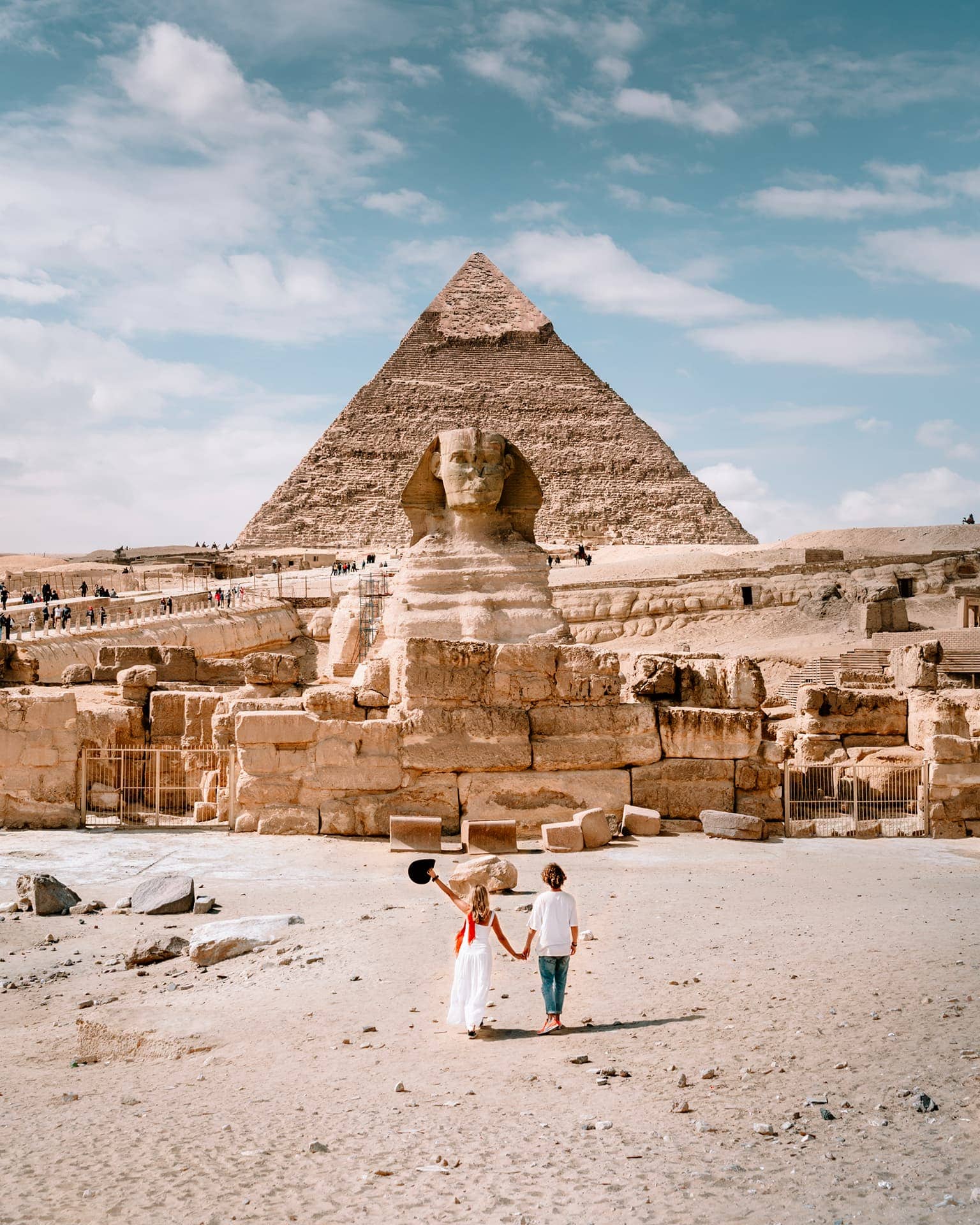The Step Pyramid of Djoser, situated in the vast necropolis of Saqqara, Egypt, is a monumental testament to the ingenuity, craftsmanship, and religious fervor of ancient Egyptian civilization. Constructed during the Third Dynasty of the Old Kingdom, approximately around 27th century BCE, this architectural marvel stands as one of the earliest examples of colossal stone structures in human history.
Designed by the visionary architect Imhotep, who served as the chancellor to Pharaoh Djoser, the Step Pyramid complex is a sprawling arrangement of temples, courtyards, galleries, and ancillary structures, meticulously planned to serve the religious and administrative functions of the royal court. Enclosed within a towering limestone wall, the complex exudes an aura of grandeur and divine significance, reflecting the ancient Egyptians' reverence for their rulers and their beliefs in the afterlife.
At the core of the complex rises the Step Pyramid itself, an awe-inspiring structure that epitomizes the architectural achievements of its time. Composed of six stacked mastabas, or rectangular, flat-roofed tombs, the pyramid's distinctive stepped form symbolizes the Pharaoh's ascent to the heavens and eternal life. Each mastaba, decreasing in size as they ascend, creates a striking visual effect, accentuating the monumentality and grandiosity of the structure.
The Step Pyramid complex served as the final resting place for Pharaoh Djoser, signifying his divine status and immortal legacy as a ruler. It was not merely a tomb but a sacred precinct dedicated to the eternal glorification of the king and the veneration of the gods. Surrounding the pyramid are various structures, including a mortuary temple, offering chapels, and ceremonial courtyards, all meticulously designed to facilitate the rituals and ceremonies essential for the Pharaoh's journey to the afterlife.
Over the millennia, the Step Pyramid of Djoser has endured as a symbol of Egypt's rich cultural heritage and architectural prowess. Despite the passage of time and the ravages of nature, its imposing silhouette continues to captivate the imagination of scholars, archaeologists, and visitors from around the world. As a UNESCO World Heritage Site, it stands as a tangible link to Egypt's illustrious past, offering insights into the beliefs, rituals, and achievements of one of the world's most ancient and enduring civilizations.
 English
English











